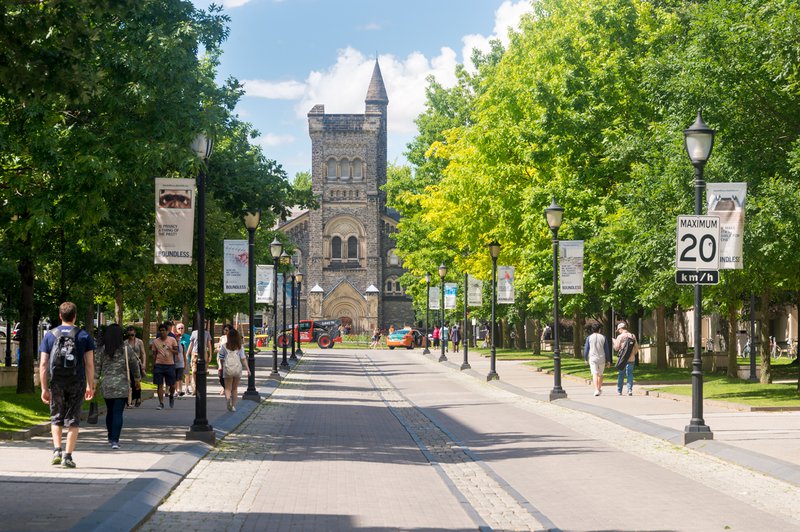
TIM CESTNICK
July 31, 2020
I was talking to my daughter this week about her tuition for the coming school year. As much as she has enjoyed her job this summer, it was cut short because of COVID-19. “Dad, I thought I’d have a lot more in the bank this summer than I do” she said to me. “School is so expensive. By the time I’m finished university, my tuition will have been enough to buy gas for the car for 10 years, 200 tickets to Disneyland and 5,000 Big Macs.” I checked: She’s right on that math.
Thousands of postsecondary students in this country will find themselves with less income, owing to COVID-19, to pay for school than they had expected. So, how will students pay for postsecondary costs this year? I want to comment on the five ways to pay for an education and adjust our thinking given today’s pandemic.

THE METHODS
I’ve written in the past about the five ways, or methods, to pay for an education. In most cases, postsecondary costs are covered using more than one of these methods: begging (getting free money through scholarships or grants), borrowing (taking out student loans, or parents borrowing to pay for an education), stealing (students, or more likely parents, stealing from other assets to pay for an education; this could include making withdrawals from RRSPs or disposing of other assets to raise the cash necessary), sweating (where the student works during the school year or in the summer to earn the income to pay for school) and saving (where students, or more likely parents, save over time to cover the costs of education).
In our current COVID-19 world, the approach to using the five education funding methods should be a little different. Let me break it down for you.
BEGGING
I’m talking about free money here – and there’s more of it available than pre-COVID-19. You may be eligible for the Canada Emergency Student Benefit (CESB) if you’re a current postsecondary student, or you graduated in December, 2019, or later. You can also qualify if you have completed (or will complete) high school in 2020 and have applied to a postsecondary educational program that starts before Feb. 1, 2021.
If you qualify, you could receive up to $1,250 (more in some cases) for each four-week period in which you earned no more than $1,000 from employment or self-employment. If you’re able to work, you must be actively looking for work to be eligible for the CESB. For more information, go to www.canada.ca and type “CESB” in the search field.
Much has been written about the Canada Emergency Response Benefit (CERB), which you might be entitled to instead of the CESB (you can’t receive both for the same weeks). Alternatively, you might be able to claim Employment Insurance benefits to make up for lost income owing to COVID-19. The key is that you can’t claim more than one of these benefits for the same period of time.
You might also try applying for a grant through the Canada Student Grants program, which has doubled the grants for eligible recipients to a maximum of $6,000 for full-time students and $3,600 part-time studies (go to www.canada.ca and type “student grants” in the search field).
Free money might also be available in the form of scholarships, bursaries, awards, grants, fellowships and stipends. Ideally, your application for these should have begun a while ago for this coming school year, but better late than never. Check out www.scholarshipscanada.com for some opportunities.
BORROWING
Borrowing money is one of the most common methods to pay for an education. You may be able to apply for a loan under the Canada Student Loans Program or a provincial program where you live. Check out the same link mentioned above at www.canada.ca for information about student loans. Because of COVID-19, the government has enhanced the rules for student loans by increasing the weekly maximum loan limit from $210 to $350, suspending loan payments on student and apprenticeship loans, and accruing no interest on those loans until Sept. 30, 2020.
When it comes to borrowing for school, I always suggest following the “Rule of Tens.” This rule will cap the amount of your borrowing based on the income you expect to earn after you graduate. Specifically, the rule suggests that for every $10,000 in student debt, you need to earn $10,000 over a base income of $10,000 to be able to pay off that debt in 10 years. For example, if you graduate with $30,000 of debt, you should ought to earn $30,000 over a base of $10,000, for a total of $40,000, in order to pay off that debt in 10 years.
This Globe and Mail article was legally licensed by AdvisorStream.
© Copyright 2024 The Globe and Mail Inc. All rights reserved.


